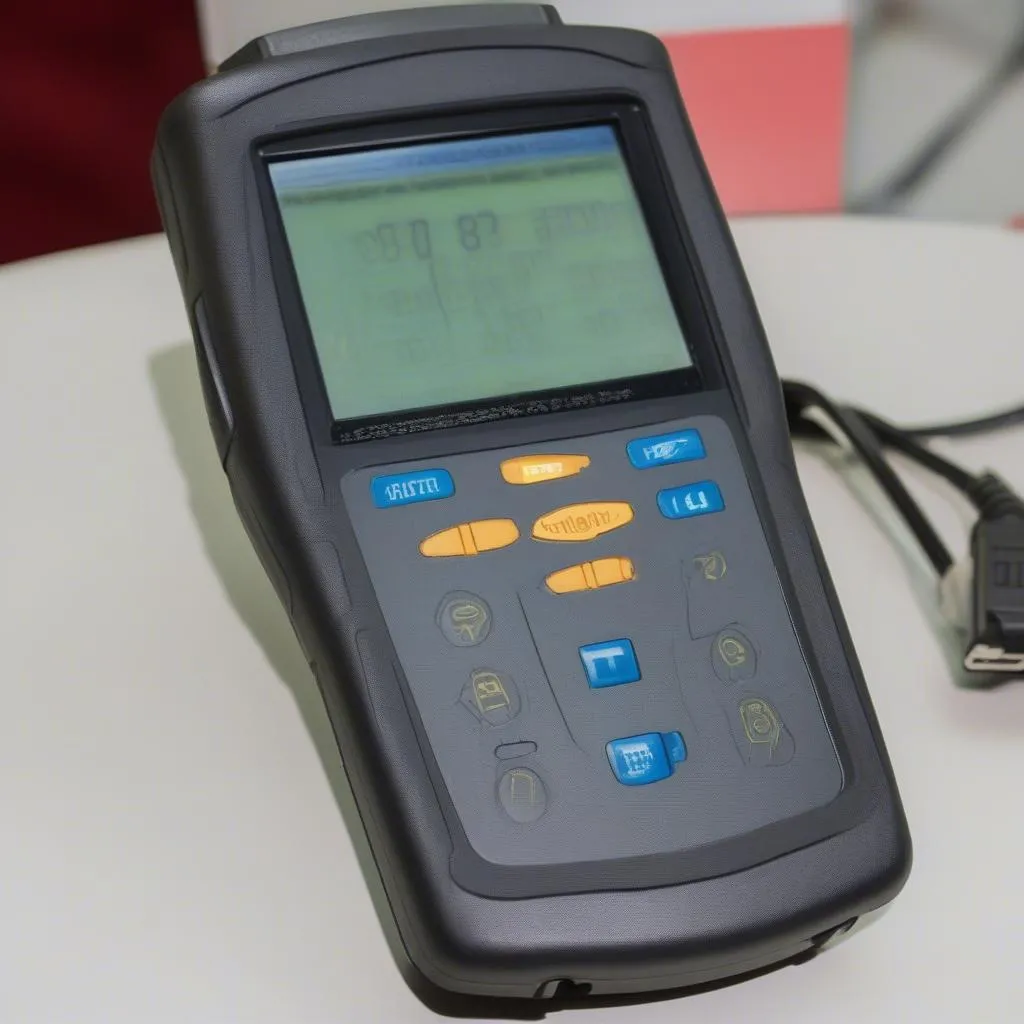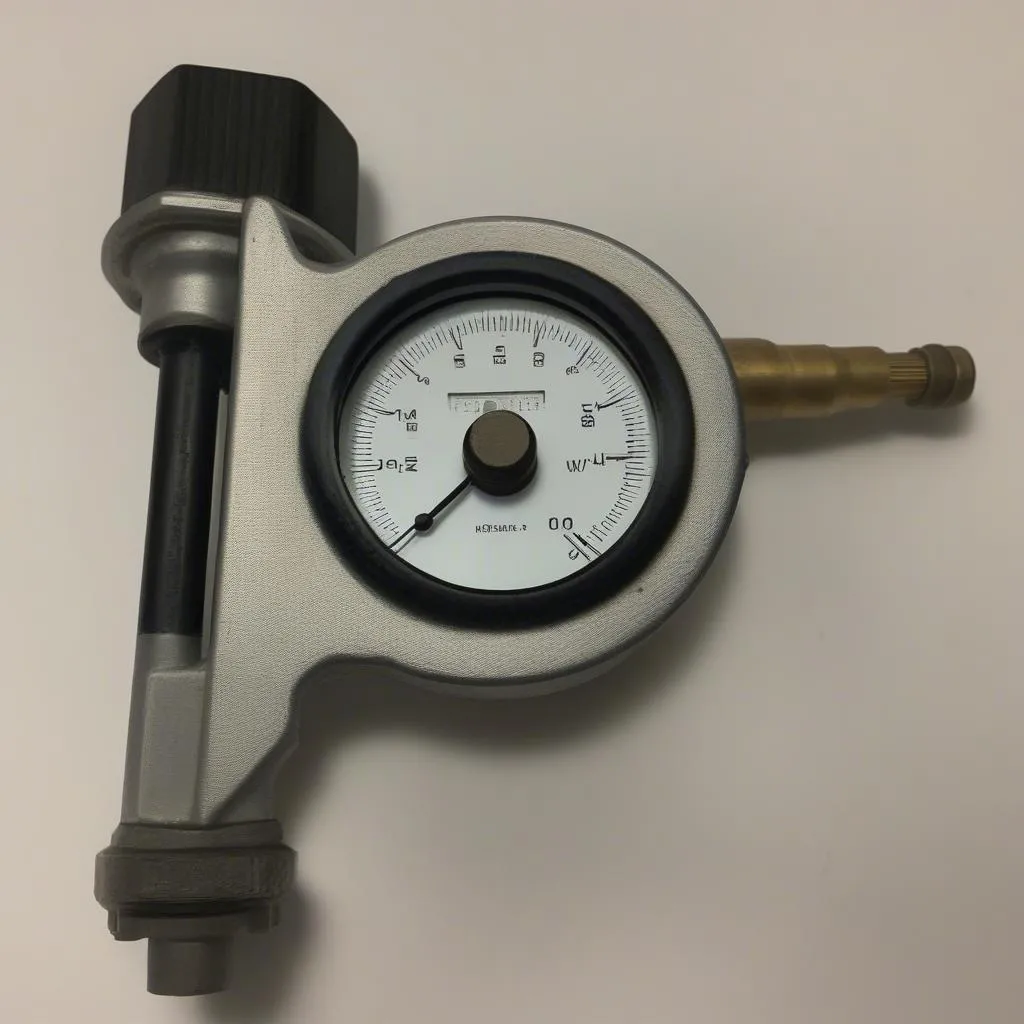Let’s say you’re driving your car down the road, and suddenly it sputters and dies. You’re stranded, and you have no idea what’s wrong. You call a tow truck, and they take your car to a mechanic. The mechanic diagnoses the problem and tells you that your fuel pump is bad. You’re relieved to know what’s wrong, but now you have to pay for a new fuel pump and labor. You’re wondering if there was a way you could have tested the fuel pump yourself to save some money.
Understanding the Importance of Testing Fuel Pumps
From a technician’s perspective, a malfunctioning fuel pump can cause a myriad of issues: from engine misfiring and stalling to a complete inability to start the car.
From a technical viewpoint, the fuel pump’s job is to deliver fuel from the tank to the engine. If the pump is not working properly, the engine will not receive enough fuel to run. This could be due to a faulty pump, a clogged fuel filter, or a problem with the wiring.
Economically, having a faulty fuel pump can lead to costly repairs. A new fuel pump can be expensive, and labor costs can add up quickly. That’s why knowing how to test your fuel pump can save you money in the long run.
How to Test a Fuel Pump with a CAN OBD Code Reader
So, can an OBD code reader test a fuel pump? The answer is yes, but it’s not as simple as plugging it in and reading a code.
Here’s why:
- OBD code readers are designed to communicate with the car’s computer, not the fuel pump directly. While they can read codes related to the fuel pump, they can’t directly test the pump’s functionality.
- A fuel pump test involves verifying the pump’s operation, its ability to deliver pressure, and its electrical connections.
- The code reader can help you identify the problem. If you’re getting a code related to the fuel pump, then that’s a good indication that the pump is failing. However, you’ll need to perform further tests to confirm the diagnosis.
Here’s what you can do:
- Use the code reader to read any diagnostic trouble codes (DTCs) related to the fuel pump.
- Check the fuel pressure with a fuel pressure gauge.
- Test the fuel pump relay.
- Inspect the fuel pump wiring for any damage or corrosion.
- Listen for the fuel pump running when you turn the ignition key to the “on” position.
If you don’t have a fuel pressure gauge or are not comfortable performing these tests yourself, then it’s best to take your car to a qualified mechanic.
Important: If you’re dealing with a fuel pump issue, it’s crucial to keep in mind that the fuel system is under pressure, and there’s a risk of fire or injury. Therefore, never attempt to test or replace a fuel pump unless you have the proper knowledge, skills, and safety equipment.
Remember, using an OBD code reader alone can’t test your fuel pump. It can help you identify problems related to the pump, but you’ll need to perform further tests to confirm a diagnosis.
Common Questions About Testing Fuel Pumps
Q: What codes can I look for to indicate a faulty fuel pump?
The specific codes will vary depending on the make and model of your car, but some common codes include:
- P0191: Fuel Rail Pressure Sensor Circuit – This code suggests that the fuel pump is not delivering enough pressure.
- P0192: Fuel Rail Pressure Sensor Circuit Low Input – This code indicates that the fuel pump is delivering low pressure.
- P0193: Fuel Rail Pressure Sensor Circuit High Input – This code suggests that the fuel pump is delivering high pressure.
- P0230: Fuel Pump “A” Circuit Malfunction – This code indicates that there is a problem with the fuel pump itself.
- P0231: Fuel Pump “A” Circuit Low – This code points to a problem with the fuel pump’s ability to deliver enough fuel.
Q: Can I test the fuel pump with a multimeter?
Yes, you can use a multimeter to test the fuel pump’s wiring and relay. However, you’ll need to know how to properly use a multimeter and understand the wiring diagram for your specific car.
Q: How often should I replace my fuel pump?
The fuel pump’s lifespan varies depending on its quality, driving conditions, and maintenance. However, it’s generally recommended to replace it every 100,000 miles.
Q: What should I do if I think my fuel pump is failing?
If you suspect your fuel pump is failing, it’s best to take your car to a mechanic for diagnosis and repair. A professional mechanic can test the fuel pump and other components to determine the exact problem and recommend the best course of action.
Other Resources
- How Much Will It Cost to Repair OBD? (https://techcarusa.com/how-much-will-it-cost-to-repair-obd/)
- Mazda 3 2017 OBD (https://techcarusa.com/mazda-3-2017-obd/)
- Car Sputters When Turning Off? (https://techcarusa.com/car-sputters-when-turning-off/)
- Honda Element OBD P1157 (https://techcarusa.com/honda-element-obd-p1157/)
- Heavy Duty OBD (https://techcarusa.com/heavy-duty-obd/)
Conclusion
Testing a fuel pump is a vital aspect of maintaining your car’s performance. While a CAN OBD code reader can help identify potential fuel pump issues, it can’t test the pump directly. Performing thorough tests like checking fuel pressure and inspecting wiring is crucial for accurate diagnosis.
If you’re unsure about testing a fuel pump yourself, seeking help from a qualified mechanic is always recommended.
Let us know if you have any further questions or need assistance with diagnostics tools. Our team of expert technicians is available 24/7 to assist you via Whatsapp at +84767531508. Stay tuned for more informative articles on Tech Car USA!
 OBD Code Reader
OBD Code Reader
 Fuel Pressure Gauge
Fuel Pressure Gauge